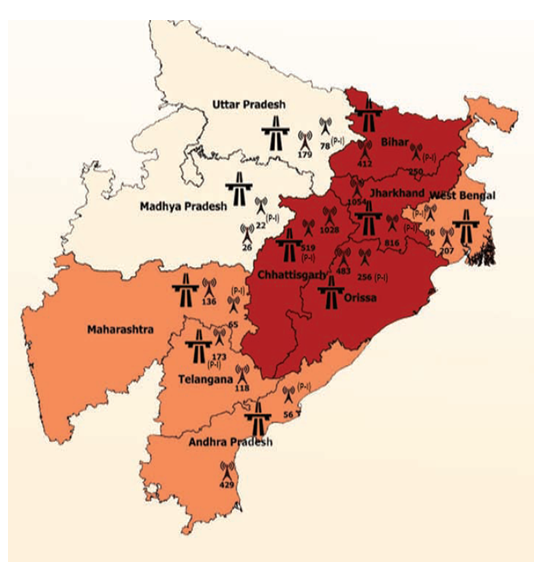


UPSC Exam is all about proper strategy, dedication and consistent endeavour in the right direction with authentic and reliable study material. Government and renowned international reports form a very important source for grasping the conceptual clarity of contemporary national and international issues/topics. However, it is a daunting task to comprehend a report that runs through hundreds of pages. It becomes difficult for the students in time crunch situations particularly during UPSC Mains Examinations.
In order to ease the burden over aspirants, GSSCORE has come up with a series of summary of important national and international reports in a crisp and comprehensive manner. Underlining the importance of reports and indexes for PT and Mains, GSSCORE provides a comprehensive summary of important reports of national and international repute. The summary of the report by GSSCORE would save the time and energy of the UPSC aspirants and enable them to quickly cover the syllabus.
- The following summary of the report titled “Security and Development: An Appraisal of the Red Corridor is in one among the series of summaries created by GSSCORE on various reports.
- The report gives us a brief idea on Left wing extremism, History of LWE Movement in India, Current Status, Declining Human Resources and Operational Capacity of the LWE, Mobilization of LWE Supporters in Urban Areas, Government of India’s Approach, Development Initiatives by Government of India, Challenges in LWE Affected Regions, Status of Policing in LWE affected states and the conclusion imperative for UPSC aspirants.
- Students can download the gist of this report from the Free Resources section of GS SCORE website: https://iasscore.in/free-study-material-downloads
Related Articles


